It’s no secret that ranking high on search engine results pages (SERP) is extremely important. The higher your content appears in searches, the more traffic your websites get. WordPress sites have specific features that make SEO easier. However, without enough domain authority, your site won’t rank high, regardless of the effort you put into SEO.
In this article, I’ll walk you through six steps that will help you improve domain authority, which is critical to ranking high on search engines. But first, let’s discuss what domain authority is in the first place.
What is Domain Authority?
Domain Authority (DA) measures the relevance or the authority that a website has in its particular niche or industry. In a nutshell, you can refer to it as your site’s reputation.
DA was introduced by Moz (a leading SEO tool) as a metric for measuring a website’s ranking in organic searches. It combines over 40 SEO factors, including:
- Inbound links
- Site speed
- Linking root domains
- Internal links
- Quality of contents
So, how do you calculate the DA? This is how: every SaaS company, for example, Moz, has customized and proprietary algorithms which they use in calculating the Domain Authority’s relevance. This in turn gives scores that range from 1 to 100, with 1 representing a lower domain authority.
With this in mind, you should also know that websites with a Domain Authority of 40 or lower are considered to have poor DA. While any site that has a score between 50 and 60 is considered good. Finally, any site above 60 gets an excellent consideration.
It’s also worth noting that, what is mostly observed when awarding a DA score is the number of high-quality inbound links in an article. By high-quality, I mean sites with high authority and well established online presence and trust. The more links from these sites, the more chances you have to improve your domain authority.
If your website is new, you will automatically have a domain authority score of 1. This means that for you to rank high you need to carry out a technical SEO audit.
Developing authority might take some time, so don’t get all worried when you don’t see results right away when you follow these steps:
1. Create Linkable Content
You should do research if you want to create good content. Saijo George’s content is a good example of linkable content for any SEO-related tools.
This is a great example of linkable content since anybody from a novice to an expert can get all the necessary SEO-related information.
You should always think of your content as a resource that offers good information. Apart from your content being fun to read, it should bring value to the table.
Don’t confuse linkable content with shareable content. Shareable content tends to gain a lot of shares and engagements, while linkable content is content that people can link back to. Examples of linkable contents are:
- Resource guides
- Tutorials
- Infographics
- Demonstrations
Once you create linkable content, your content is considered as an authority and a reputable resource worth referring to. This will, in turn, help you gain links and improve the domain authority. As I mentioned before, high-quality links are what you should be aiming for.
2. Write Guest Posts
Let’s face it, you need inbound links from reputable websites to improve domain authority scores. Guest posting is an effective method of getting inbound links.
However, you need to ensure that you post guest content on high-authority websites. For instance, when I wrote a guest post for the freelancer website Millo, the site editor allowed me to add a backlink to my site:
The website that published my guest post is a good source of backlinks because of its relatively high domain rating:
One of the largest contributors to your website’s page authority and domain score is the density of inbound links from authoritative sites. They are links that take the reader back to your site and should always be included when you are guest posting. These links drive traffic to your site while also building your DA score.
Even though guest posting might help you put your name out there, you should always assess which blogs you want to guest post for since some of them have “no-follow links” while others have “do follow links”.
If you only get no-follow links, then your website won’t rank because no-follow links don’t pass authority to your site. On the other hand, if your site is getting do-follow links then you will rank because they pass authority to your site.
However, domain authority alone doesn’t make a good backlink. Your target sites should have high traffic (more than 3,000 views/month). In addition, they should also be relevant to your target audience. If your primary product is SaaS software but writes guest posts for a website that sells swimming equipment, those links can get flagged and harm your domain rating.
3. Focus on Page Speed
If you are anything like me, you probably hate slow-loading sites. If you have a slow page, you should be ready for higher bounce rates whenever people try reaching your site. This negatively impacts your DA and you don’t want that.
With that said, make sure that your website loads quickly since high bounce rates are red flags to not only Google but other search engines too.
To make your WordPress site load quickly you should optimize your WordPres site by first looking at the images. Larger images mean larger files, and larger files mean lower page load speeds. Instead of posting a large image that your site visitors need to zoom in on to view, try cropping the image to show the subject instead.
Additionally, you should update your plugins and remove those you no longer use. Older plugins are no longer compatible with newer versions of WordPress and can adversely affect your page load speeds, which in turn contributes to higher bounce rates and lower domain authority.
4. Improve Your Backlink Profile
You already know that DA is all about linking right? But it’s not all about the quantity. You need to check the backlink quality, too.
This is where a backlink analysis tool comes in. The tool will help you determine whether the websites you are aiming for are of good quality and have a good Domain Authority.
But, you must make sure, too, that you are linking to relevant sources.
You can’t be linking to lifestyle websites if your focus niche is on technology. Additionally, you want to give other websites a good reason to link to your site. So, create better content than your competitors.
But most importantly, you should go through all your links and see if any of them are broken or irrelevant. If any of them doesn’t meet the standards, you should do away with them unless you want to damage your DA.
You can improve your backlinks by participating in different forums, writing testimonials for a tool that you regularly use and link back to your site, and creating high-quality content links.
5. Optimize Your Site for Mobile Devices
Over the past seven years, website visitors have gradually shifted to a mobile-first approach to browsing. Compared to 2015, when just 31.6% of web traffic came from mobile devices, 2021 saw an all-time high mobile traffic percentage of 55.7%, according to Statista:
Because of this shift to mobile traffic, Google has included mobile-friendliness in its search ranking algorithms. By optimizing your website for mobile, you can improve your site’s search ranking, increase organic traffic, and improve your domain authority.
So here are some ways to optimize your website for mobile devices:
- Use AMP (accelerated mobile pages) markup
- Compress your images
- Opt for responsive web designs using web design tools
- Tag posts that are based on mobile searches
You can use Google’s Mobile Friendly Test to see how your site fares after making the adjustments. Here’s a screenshot of the Google test results for my site:
Google decided that my page is mobile-friendly because I made sure that the web developer used a responsive design. This web design method ensures that the website resizes itself to fit into any screen size and adjusts the page load time according to the device.
6. Improve Social Engagement
Over 4 billion people use social media around the world. Even though social media isn’t a direct ranking factor, it’s important that you invest in it because it can help in:
- Boosting your content performance
- Creating opportunities for gaining backlinks
- Bringing more traffic to your website, for example, suppose you post your product on let’s say Twitter. You can always post your link along so that your audience can follow it back to your site.
To generate these social media signals, you should be uploading your content on the most relevant social platforms and have people engage with it. You need to put out content that people will like, share, and repost.
Plus, your content should have social media sharing buttons for ease of sharing amongst your site visitors.
Also, find a way for your site visitors to engage with your posts. You can ask questions or help them post comments. Here is an example:
You can see how Burt’s Bees replies immediately to their audience. With this strategy, you can make your audience feel appreciated and bring them closer to you.
Bottom Line
I get it, Domain Authority (DA) may make your heartbeat against your jaws at first because it is your site’s reputation. And factors that contribute to your ranking and analyzing them may all seem disheartening.
But it shouldn’t be. All you have to do is optimize your site for mobile devices, create linkable content, focus on your site’s speed, improve your social engagement, and do guest posts. Additionally, you can also improve your backlink profile by finding and fixing broken links.
There is no shortcut if you want to rank high in the search engines, which is why you should put much effort into improving your domain authority.

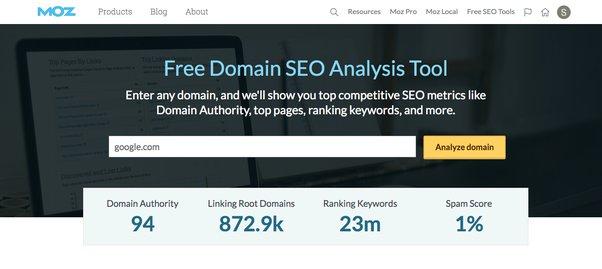
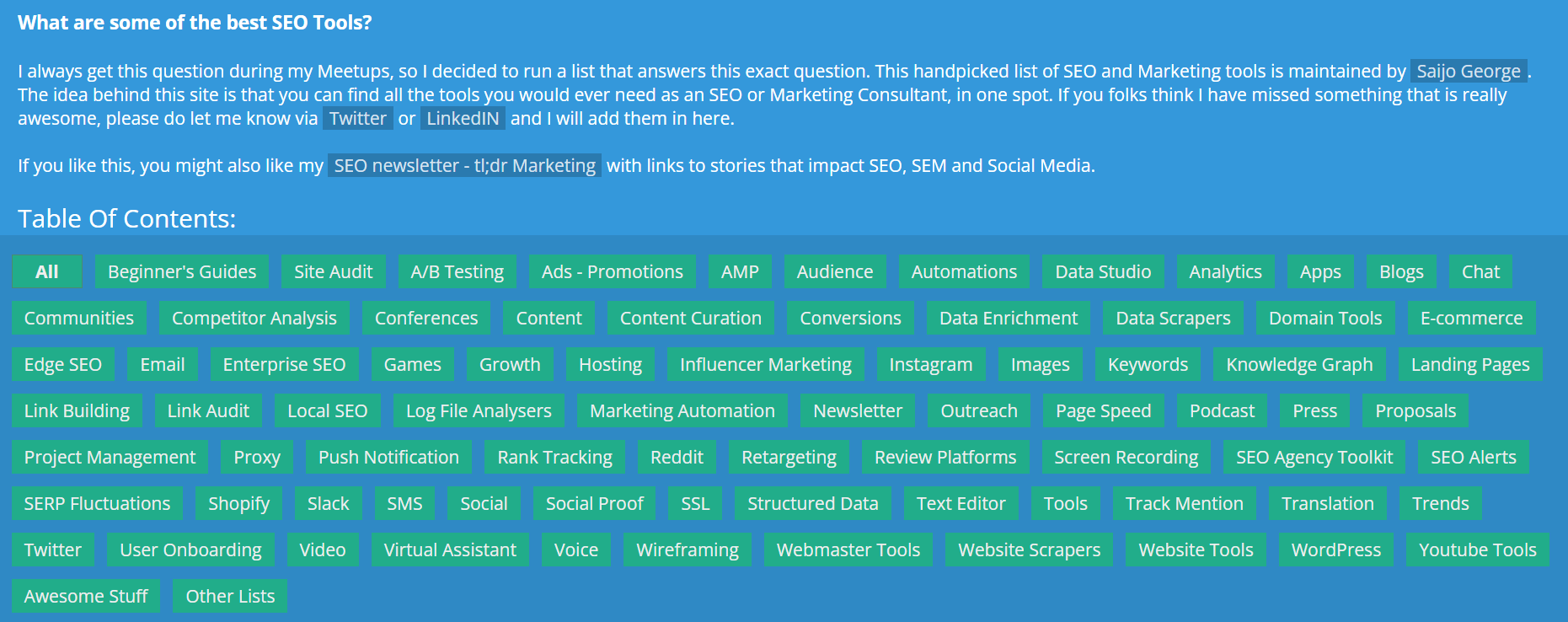
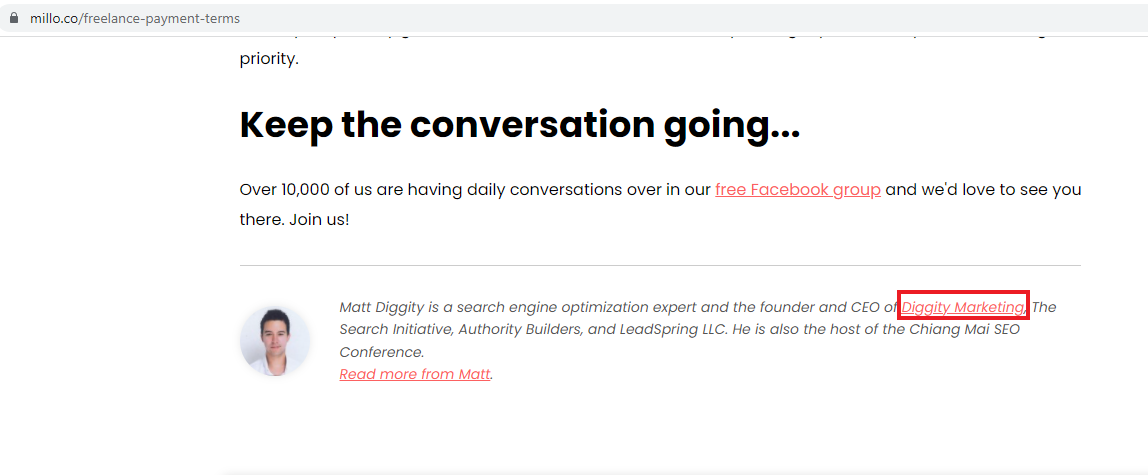
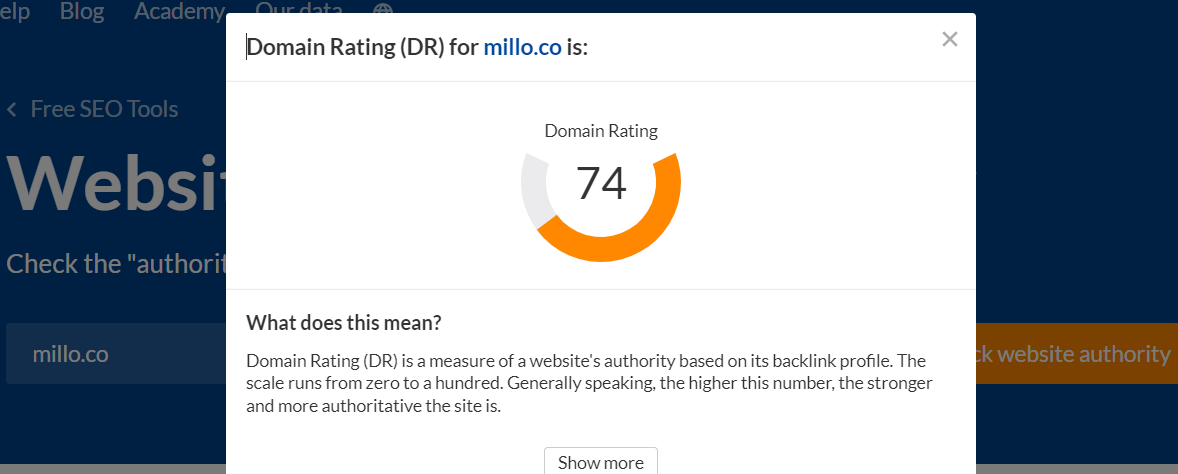
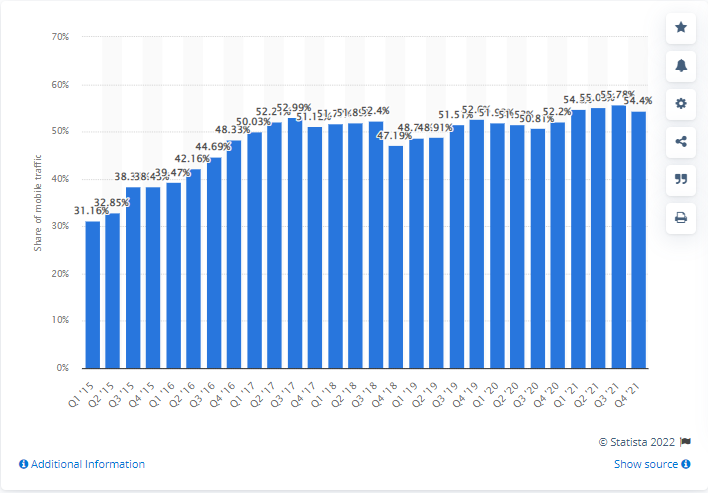
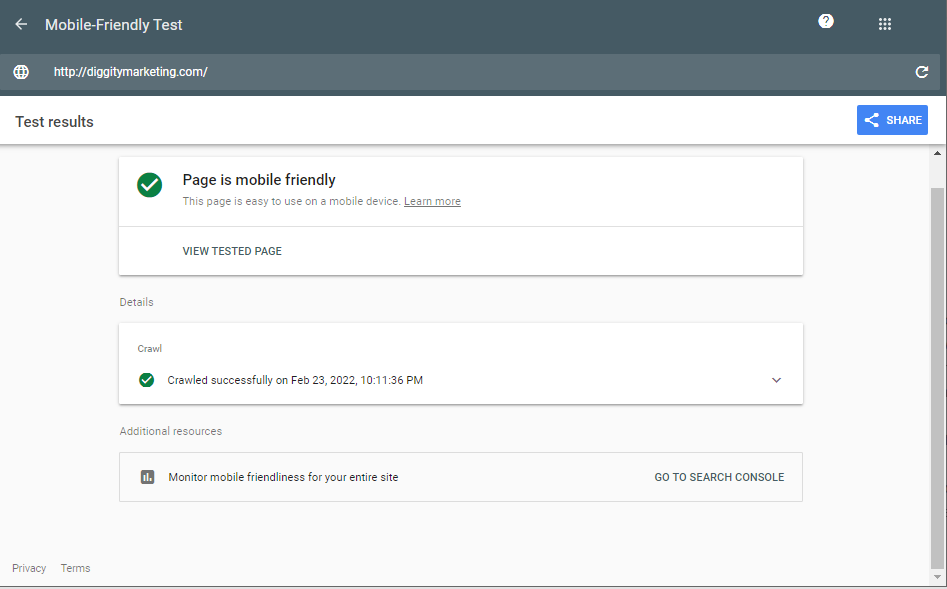

0 comments:
Post a Comment